Propane Sauna Heaters: Your Ultimate Guide to Clean, Powerful Heat
Why a Propane Sauna Heater Might Be the Best Heat Source for Your Sauna
Looking to heat your sauna quickly, efficiently, and without a complex electric setup? A propane sauna heater could be your perfect solution. In this guide, we'll explore the practical benefits, safety considerations, and buying advice for propane sauna heaters so you can make an informed decision with confidence.
What Is a Propane Sauna Heater and How Does It Work?
A propane sauna heater is a type of gas-powered heating unit specifically designed to warm the air and stones inside a sauna. It operates using liquefied petroleum gas (LPG), which is stored in tanks and connected to the heater via a safe, regulated line. When the propane is ignited, it produces a steady flame that heats the metal chamber and the surrounding sauna stones. As these stones become hot, they radiate warmth throughout the sauna, creating the traditional, enveloping heat that sauna users love.
This type of heater replicates the feel of a wood-burning sauna but with modern convenience. It offers greater control over temperature, produces consistent heat without the need to feed wood, and starts with a simple ignition—usually via a push-button starter or electronic pilot system.
Because of their robust heat output and independence from electrical systems, propane sauna heaters are especially popular in the following settings:
- Outdoor barrel or cabin saunas where electricity is limited or unreliable
- Remote or off-grid locations such as cabins, vacation homes, and mountain lodges
- Homeowners prioritizing efficiency and speed, since propane heats up faster than other common methods
- Sauna enthusiasts who prefer a traditional sauna feel without the mess and maintenance of firewood
How Fast Does a Propane Heater Heat Up a Sauna?
One of the standout advantages of a propane sauna heater is its rapid heat-up time. Depending on the sauna's size, insulation, and ambient temperature, propane models can heat the space in as little as 20–30 minutes. In contrast, many electric sauna heaters may take between 30–45 minutes or longer to reach optimal temperatures. This speed is not just a convenience—it can also result in energy savings and improved user experience, especially during colder seasons.
Propane vs Electric Sauna Heaters
Here's a side-by-side comparison of the most relevant features between propane and electric sauna heaters:
| Feature | Propane Heater | Electric Heater |
|---|---|---|
| Heat-Up Time | 20–30 minutes | 30–45 minutes |
| Installation | Requires venting + gas line | Requires electrical wiring |
| Energy Source | Gas (LPG) | Electricity |
| Location | Ideal for outdoor use | Most common indoors |
| Cost to Run | Often lower in gas-favored regions | May vary based on local electricity rates |
| Off-Grid Capable | Yes | No |
| Aesthetic Appeal | Mimics traditional sauna flame | Clean, minimal design |
While both heater types have their strengths, propane offers superior heat speed and flexibility—particularly in settings where grid power isn't ideal or available.
Key Benefits of Using a Propane Sauna Heater
- Powerful Heat Output: Ideal for larger or outdoor saunas.
- Lower Operational Costs: Often cheaper than electricity depending on your region.
- Independence from Power Grid: Works even during blackouts.
- Fast Heat-Up Time: Spend less time waiting and more time relaxing.
- Eco-Friendly Option: Propane burns cleaner than wood or coal.
Is a Propane Sauna Heater Safe?
Yes—a propane sauna heater is safe when installed and maintained properly. In fact, many commercial saunas and cabins use gas-powered heaters, including propane, due to their reliability and effectiveness. However, because propane is a combustible gas, there are specific safety protocols that must be followed to ensure safe operation.
Key Safety Requirements
- Adequate Ventilation: Proper ventilation is essential to allow combustion gases to escape and fresh air to enter. Without adequate airflow, carbon monoxide can accumulate—a potentially fatal hazard.
- Outdoor Use or Ventilated Indoor Spaces: Propane heaters are typically best suited for outdoor saunas or large indoor units with purpose-built venting systems. Do not attempt to use a standard propane heater in a small, enclosed space without ventilation.
- Certified Installation: All gas heaters should be installed by a licensed professional familiar with gas lines, ventilation systems, and local building codes.
- Regular Maintenance Checks: Inspect your propane sauna heater regularly for gas leaks, clogged burners, or vent blockages. Annual service checks can help prevent dangerous malfunctions.
- Proper Clearance: Always follow the manufacturer's recommendations for minimum clearances from walls, benches, and other surfaces to prevent overheating or fire risks.
Safety Tips for First-Time Users
- Install a Carbon Monoxide Detector: Place a detector outside the sauna room and near the heater to alert you to any gas buildup.
- Use Only in Approved Settings: Never use propane heaters indoors unless the unit is explicitly rated for indoor use and properly vented. When in doubt, choose outdoor installation.
- Use Certified Propane Tanks: Always use tanks approved by the manufacturer and your local regulations. Avoid makeshift or repurposed gas containers.
- Shut Off When Not in Use: Ensure the propane supply valve is turned off when the sauna is not operating.
- Keep Combustible Materials Away: Towels, wood oils, and sauna accessories should be kept at a safe distance from the heater to reduce fire risk.
Safety is not just about the equipment—it’s also about how you use it. Following these guidelines ensures a safe, relaxing, and beneficial sauna experience for years to come.
Can You Use a Propane Heater in a Traditional Sauna?
Absolutely. Propane heaters are an excellent match for traditional saunas, especially for users who want to replicate the authentic wood-fired experience without the hassle. Traditional saunas are known for their high temperatures (often 150°F to 190°F), radiant heat, and the ability to pour water over stones to create steam. Propane heaters support all these elements.
Unlike infrared or electric models that often lack steam capabilities, propane heaters work with sauna stones and produce dry, ambient heat similar to a wood stove. They allow users to ladle water onto the stones, generating the signature löyly—the burst of steam that enhances heat intensity and improves the sensation of a deep, detoxifying sweat.
Why Propane Is a Smart Upgrade from Wood
- Less Maintenance: No need to chop, stack, or store firewood. Propane offers clean energy with zero ash cleanup.
- Cleaner Air Quality: Propane burns more cleanly than wood, producing fewer particulates and smoke.
- Precise Temperature Control: Many propane heaters include thermostatic controls or remote ignition, allowing users to preheat the sauna and maintain consistent temperatures.
- Space Saving: Without the need for a wood storage area or chimney flue, propane heaters can fit into smaller footprints while still offering high heat.
Whether you’re upgrading an existing traditional sauna or building a new one from scratch, propane offers the best of both worlds—traditional warmth and modern convenience.
What Size Propane Sauna Heater Do You Need?
Choosing the right size depends on your sauna's cubic footage:
- Up to 200 cu ft: 8-10 kW equivalent
- 200–400 cu ft: 10-15 kW equivalent
- Over 400 cu ft: 15+ kW equivalent with strong insulation
Take the guesswork out of it—try our Sauna Calculator to find the exact heater size you need.
🛒 Where to Buy the Best Propane Sauna Heaters
While not all sauna brands offer propane models, some provide compatible gas kits or hybrid setups.
🛍️ Check out InfiniteSauna’s Traditional Saunas Collection for premium models that pair perfectly with propane heaters.

Installation Tips for Propane Sauna Heaters
Installing a propane sauna heater requires careful planning and adherence to safety codes to ensure both optimal performance and user safety. Unlike plug-and-play electric models, propane heaters involve gas connections and combustion exhaust, making professional installation strongly advised.
Here’s a breakdown of key considerations and steps:
Hire a Licensed Professional
Because propane is a flammable gas, working with a certified HVAC technician or plumber who has experience with gas appliances is essential. A licensed installer will ensure compliance with all local safety codes, prevent gas leaks, and set up the venting system correctly.
Ensure Proper Ventilation
Propane combustion produces carbon monoxide and other byproducts that must be safely vented out of the sauna space. Proper airflow ensures that fresh air enters and exhaust gases exit without accumulating to hazardous levels.
- Outdoor saunas naturally offer good ventilation but still require positioning the heater to allow air to circulate freely.
- Indoor setups must include wall or ceiling vents, and may require mechanical exhaust fans to maintain airflow.
Install a Flue or Exhaust System
For indoor installations or enclosed sauna rooms, a flue system is essential. It directs combustion gases safely outside and prevents heat or fumes from building up inside the room. Stainless steel flues are recommended due to their heat resistance and durability.
- The flue should rise vertically and exit above the sauna’s roofline where possible
- Use double-wall insulated vent pipes to maintain safe temperatures
Secure and Test the Propane Supply Line
A proper gas line installation involves:
- Connecting a propane tank using high-quality, approved piping or tubing
- Installing a regulator to control gas pressure
- Testing for leaks using soap solution or electronic gas detectors
Be sure to place the propane tank in a well-ventilated, outdoor area away from doors, windows, or open flames.
Follow Local Building Codes and Manufacturer Guidelines
Different jurisdictions have different requirements for gas appliance installation, including setback distances, venting requirements, and tank placement. Always consult local codes and ensure your installer reads and follows the specific heater manufacturer’s manual.
Final Inspection and Safety Checks
Once installed, perform a full safety inspection:
- Verify there are no gas leaks
- Ensure flue gases are exiting correctly
- Test the heater’s ignition and temperature controls
- Confirm proper clearance from all sauna materials
Taking the time to install your propane sauna heater correctly ensures not just safety but also peak performance and energy efficiency. Don’t cut corners—professional help is worth the investment.
The Science Behind Sauna Benefits – and Why Propane Heaters Make It Easier to Reap Them
-
Cardiovascular health: The landmark JAMA Internal Medicine study tracked over 2,300 middle-aged men for ~20 years—finding 4–7 sauna sessions per week reduced risk of sudden cardiac death, coronary heart disease, cardiovascular disease, and all-cause mortality
-
Source: Pubmed
-
-
Stress and mental wellbeing: A 2018 review in Evidence-Based Complementary and Alternative Medicine confirmed that sauna use activates the parasympathetic nervous system and lowers cortisol levels, promoting relaxation
-
Source: Denversportsrecovery.com.
-
-
Detoxification: A review in Environmental Health Perspectives found that sweating from sauna sessions can help excrete heavy metals—including lead, cadmium, mercury, and arsenic
-
Muscle recovery: Research published in the Journal of Human Kinetics and studies on endurance athletes showed that sauna bathing after exercise enhances muscle recovery, increases blood volume and red-cell mass
-
Source: Pubmed
-
-
Longevity and dementia prevention: The Age and Ageing study from the University of Eastern Finland tracked sauna use and found a 65–66 % lower risk of Alzheimer’s and dementia among men who used the sauna 4–7 times per week
-
Source: Pubmed
-
Frequently Asked Questions (FAQs)
Q: Can I use a propane heater in an indoor sauna?
A: Yes, but only if the heater is explicitly rated for indoor use and the space is equipped with proper venting. Indoor propane installations must have a flue or exhaust system to safely remove combustion gases such as carbon monoxide. Additionally, indoor setups require sufficient clearance, carbon monoxide detectors, and compliance with local codes. Never attempt to use an outdoor-only propane heater indoors—it poses a serious safety risk.
Q: How long does a propane tank last when heating a sauna?
A: A standard 20-lb propane tank can typically fuel 8–10 sauna sessions, assuming each session lasts around 30–45 minutes. Larger tanks or commercial setups may extend this duration. Usage also depends on your heater’s BTU rating and how often the heater cycles to maintain temperature. For example, a 40,000 BTU heater may consume around 1 gallon of propane per hour.
Q: Are propane sauna heaters loud?
A: Not at all. One of the advantages of propane heaters is their quiet operation. They produce a soft flame sound, similar to a gas fireplace, which many users find comforting. Unlike some electric heaters that may emit buzzing or clicking sounds, propane models are known for delivering a peaceful, uninterrupted sauna experience.
Q: Can I use natural gas instead of propane?
A: Some propane sauna heaters are designed as convertible models that can be adapted to run on natural gas. However, this should only be done if explicitly stated in the manufacturer's documentation. Conversion requires specialized hardware and must be performed by a qualified technician. Using the wrong type of gas or attempting to convert a non-compatible unit can lead to dangerous malfunctions or fire hazards.
Q: How do I store my propane tank safely?
A: Always store propane tanks outdoors, upright, and in a shaded, ventilated area. Keep them away from direct sunlight, open flames, or flammable materials. Never store propane tanks inside a home, garage, or sauna enclosure. During off-season months, ensure valves are tightly closed and that tanks are stored where they won’t tip over or be exposed to freezing temperatures.
Propane Sauna Heater Maintenance Tips
Regular maintenance of your propane sauna heater is essential to keep it operating safely and efficiently for years to come. Unlike wood-burning heaters that leave ash and debris, propane models require less daily cleaning—but they still need proper care.
Weekly and Monthly Checks
- Inspect the burner for signs of residue or soot buildup.
- Clean the air intake vents to ensure proper airflow and combustion.
- Check for gas leaks using a soap solution on the fittings and connections.
Seasonal Maintenance
- Test the igniter or pilot system to ensure it lights reliably.
- Examine the flue or exhaust pipe for blockages, corrosion, or damage.
- Tighten all fittings and inspect the regulator for proper pressure output.
Annual Professional Servicing
At least once per year, schedule a licensed technician to:
- Test for carbon monoxide emissions
- Verify the gas supply pressure and line integrity
- Check heat shields and clearance zones
Staying proactive with maintenance not only enhances safety but also extends the lifespan of your investment.
Propane vs. Wood-Burning Sauna Heaters
If you’re debating between propane and wood-burning sauna heaters, consider how these two heating methods compare in terms of performance, convenience, and sustainability.
| Feature | Propane Heater | Wood-Burning Heater |
| Startup Time | 20–30 minutes | 30–60 minutes |
| Maintenance | Low (no ash) | High (cleaning required) |
| Fuel Storage | Compact tank | Requires space for wood |
| Smoke & Emissions | Minimal | High |
| Temperature Control | Precise | Manual/variable |
| Off-Grid Friendly | Yes | Yes |
Key Takeaways
- Go propane if you want convenience, fast startup, and clean heat.
- Stick with wood if you prefer the rustic, old-world experience and don’t mind extra labor.
Choosing the Right Location for Your Propane Sauna
The right placement for your propane sauna doesn’t just affect aesthetics—it directly impacts performance, safety, convenience, and longevity. Whether you’re planning a new build or upgrading your current setup, here’s what to consider when choosing where to install your propane sauna heater.
Indoor vs Outdoor Setups
Outdoor Installations are the most common for propane sauna heaters. They provide:
- Natural ventilation, which is essential for safe combustion
- Flexible tank placement without needing complex indoor plumbing
- Ease of access for maintenance and refilling propane tanks
Outdoor saunas can be stand-alone structures in a backyard, garden, or by a pool. Make sure the structure is weatherproof, and ideally, covered or sheltered from heavy rainfall or snow.
Indoor Installations, while less common, are possible with the right safety features. These setups must include:
- Certified venting systems (like flues or chimney piping)
- Proper clearance from combustible materials
- Carbon monoxide detectors and active ventilation systems
Climate and Weather Factors
Your local climate will affect both the structure of the sauna and the performance of the heater:
- Cold climates: Propane heaters work exceptionally well in cold environments, heating up fast even when outdoor temps are below freezing. Just ensure adequate insulation in the sauna cabin.
- High humidity: Choose corrosion-resistant materials like stainless steel for exterior heater components.
- Hot or dry areas: Use a shaded or ventilated location to avoid overheating or gas tank pressure buildup.
Proximity to Gas Source
A crucial factor is access to the propane tank:
- Keep the tank within safe distance (as per local codes), typically 10–15 feet from the sauna structure
- Install the tank in a well-ventilated outdoor space, protected from direct sun and extreme temperatures
- Avoid long or complex gas lines, which may reduce pressure and efficiency
Ensure there’s enough clearance to swap out or refill tanks without moving the entire sauna structure. Underground gas lines or protected enclosures may be needed for permanent installations.
Ground Foundation Considerations
A stable base ensures safety and structural integrity:
- Concrete pads or gravel beds are ideal for outdoor sauna cabins and heaters
- Avoid wooden decks unless they are heat-rated and supported by fireproof barriers
- Ensure water drainage is accounted for, especially in rainy or snowy areas
A level, non-flammable surface also prevents gas line strain, keeps the sauna balanced, and reduces long-term wear on the structure.
By carefully planning the location of your propane sauna and heater, you’ll enjoy a safe, energy-efficient, and comfortable experience year-round.
Propane Sauna Heater Buyer’s Checklist
Before making a purchase, use this checklist to make sure the heater meets your needs and safety standards:
✅ BTU Output matches sauna size (use the Sauna Calculator)
✅ Certified for indoor/outdoor use based on your setup
✅ Includes a thermostat or temperature controller
✅ Has a stainless steel or coated exterior for durability
✅ Comes with a manufacturer warranty and safety certifications (UL, CE, CSA)
✅ Compatible with your sauna stones and layout
✅ Includes clear installation instructions or professional support
Real-World Use Cases: Who Benefits Most from Propane Sauna Heaters?
Propane sauna heaters are perfect for users in diverse settings—especially those who value performance, speed, and off-grid flexibility. Here are a few real-life scenarios:
🌲 The Remote Cabin Owner
You own a cabin with no electrical connection. A propane heater provides high heat without needing to run power lines or worry about outages.
🧘 The Wellness Enthusiast
You’re building a home spa and want a sauna that heats fast and looks sleek. Propane models with push-button ignition and digital controls offer modern luxury.
🚐 The Mobile Spa Entrepreneur
Running a mobile sauna unit or backyard rental? Propane’s portability makes it easy to heat spaces quickly without relying on grid power.
🌿 The Sustainability-Focused Family
You want to minimize emissions and fuel waste. Propane burns cleaner than wood and is more efficient than electric heat in many rural areas.
Final Thoughts
When it comes to heating your sauna with power, precision, and peace of mind, propane sauna heaters check all the boxes. They are especially well-suited for homeowners who value quick heat-up times, energy efficiency, and versatility in setup—whether you're installing a backyard oasis, outfitting a remote cabin, or upgrading an older traditional unit.
Propane heaters bring together the authentic experience of traditional saunas with the convenience of modern technology. Their clean-burning fuel minimizes environmental impact, their fast performance saves you time, and their off-grid capability ensures you're not tethered to your power supply.
Whether you're a sauna beginner or a seasoned enthusiast looking for an upgrade, a propane sauna heater offers an investment in your health, lifestyle, and home environment. It’s about more than heat—it’s about creating a consistent wellness routine you can depend on, no matter the season.
Additional Resources
To dive deeper into sauna safety, heater comparisons, and wellness benefits, explore these trusted sources:

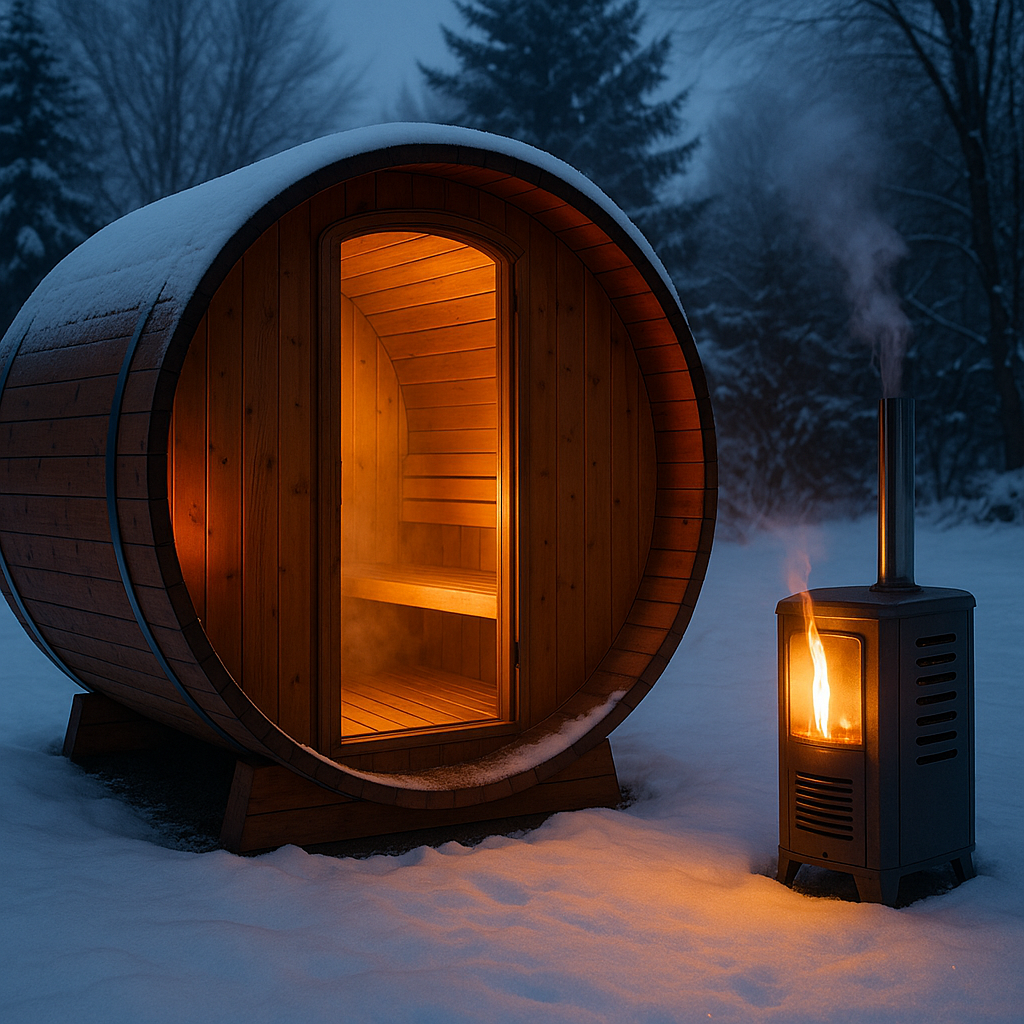

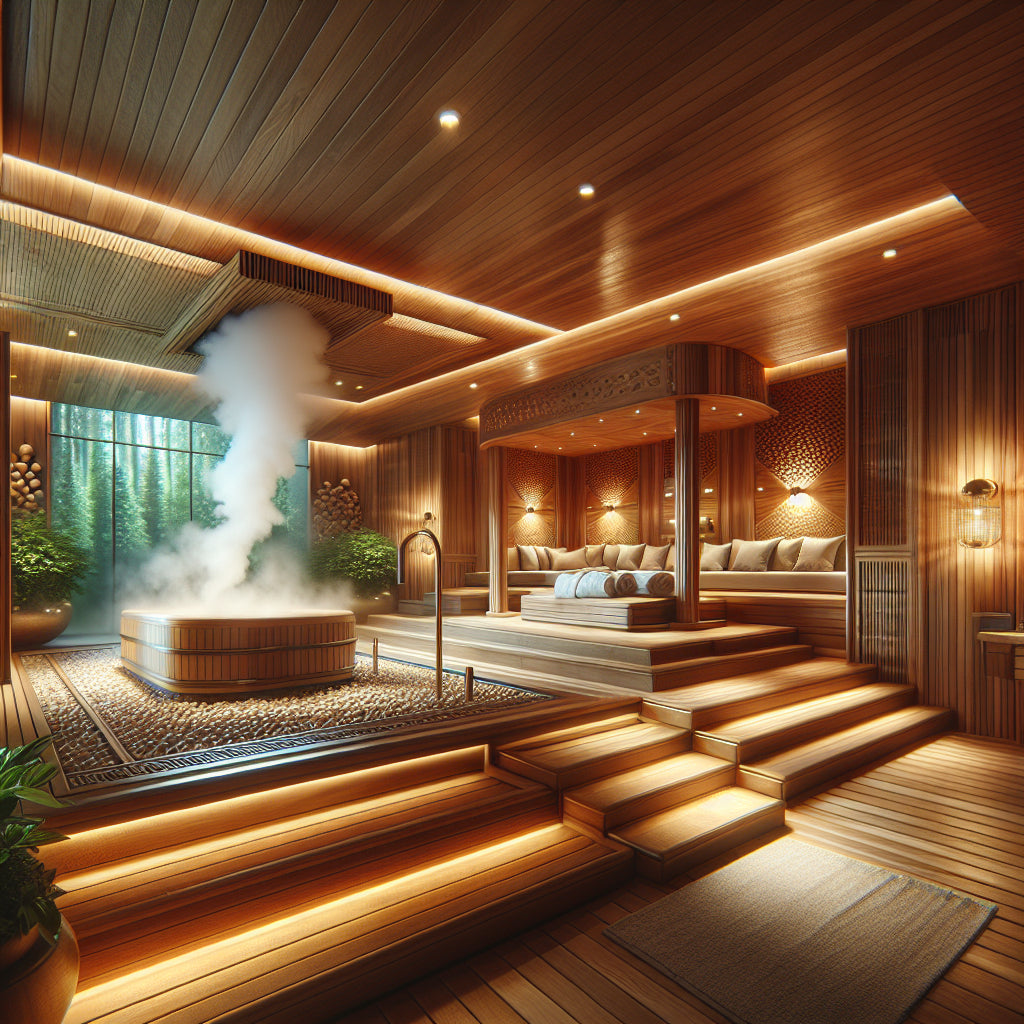
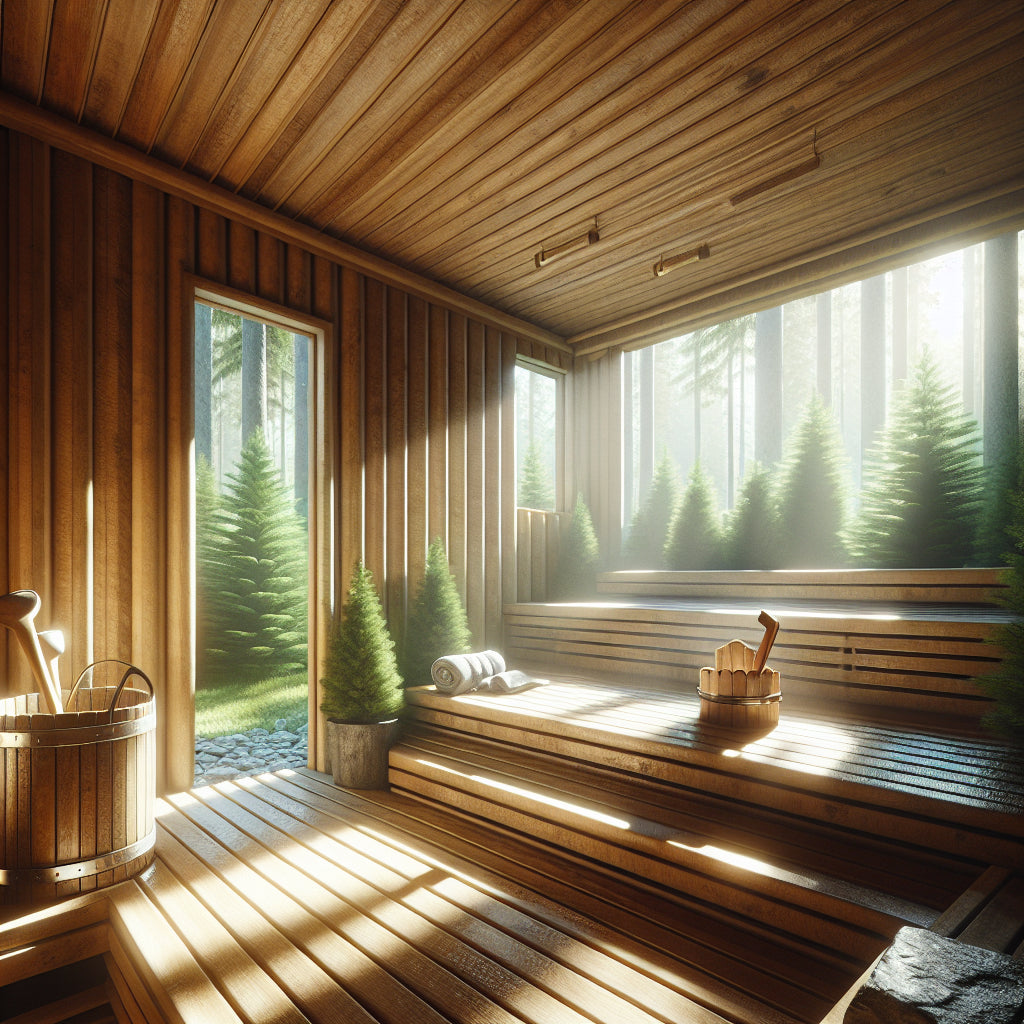
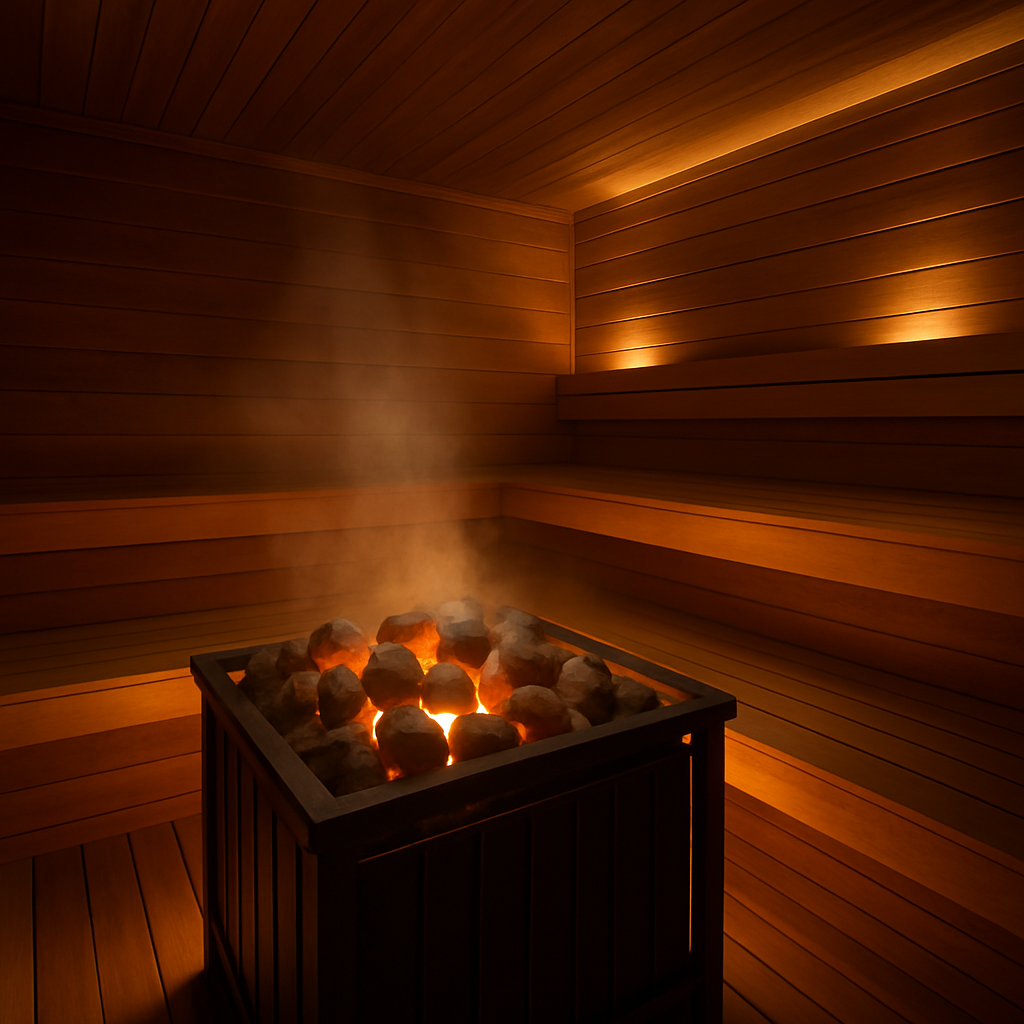
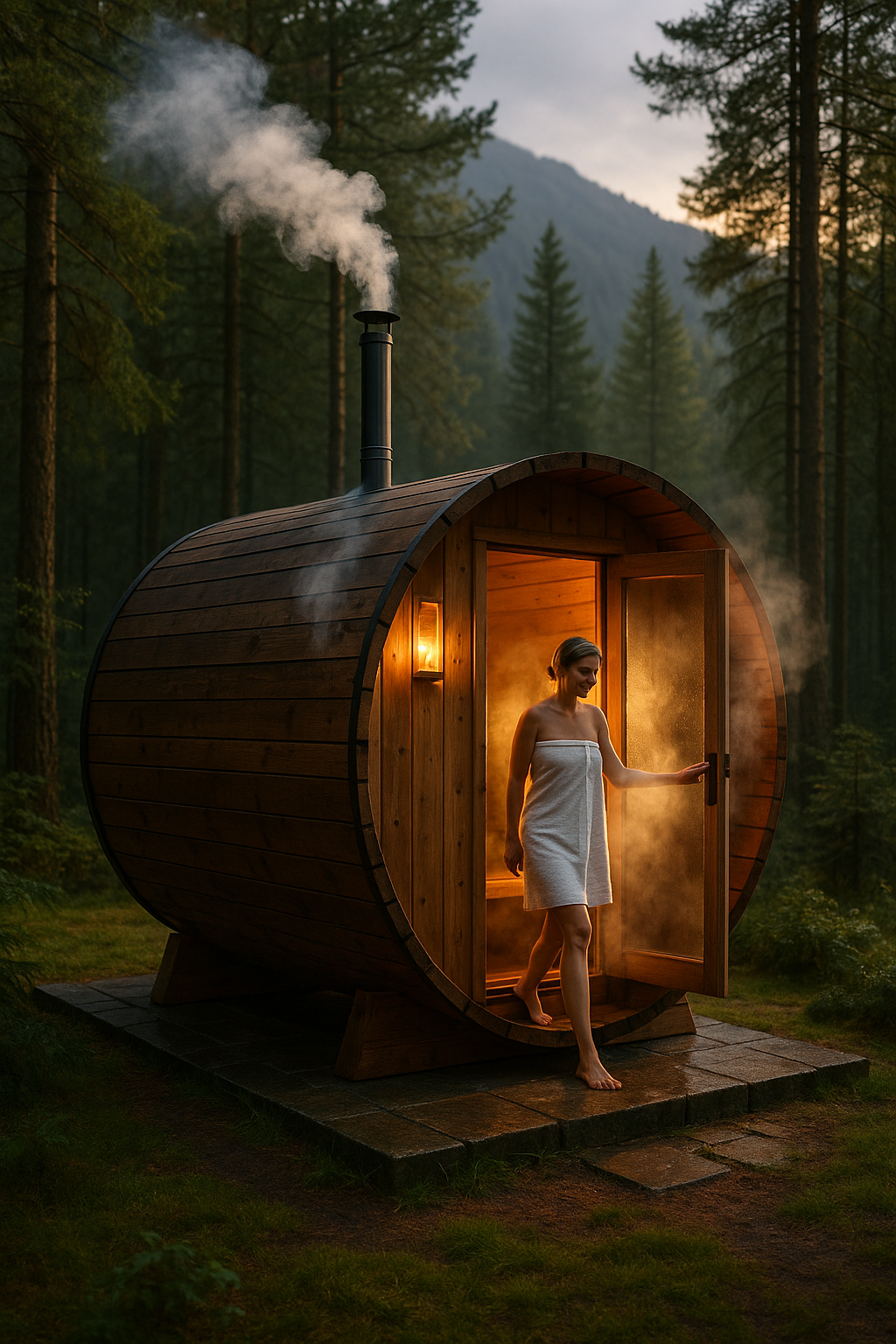
Leave a comment
This site is protected by hCaptcha and the hCaptcha Privacy Policy and Terms of Service apply.